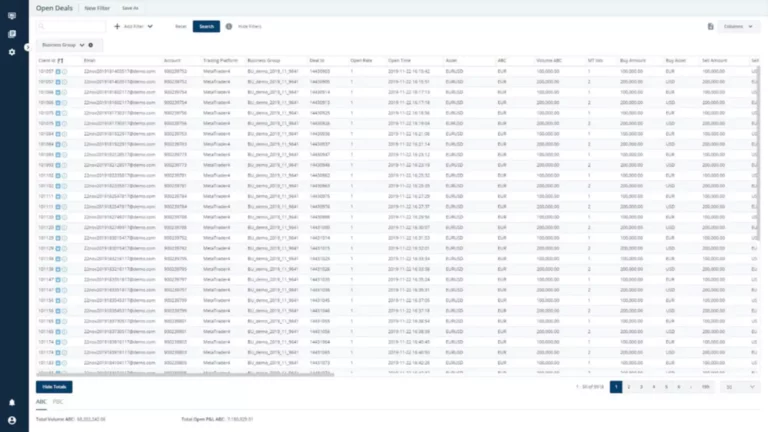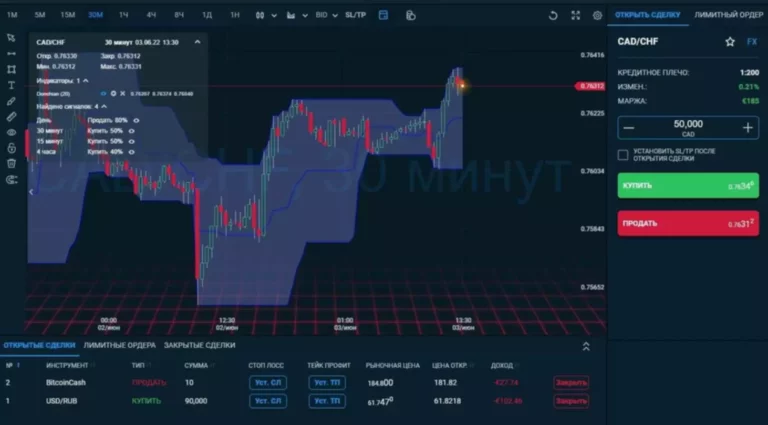CryptoQuant’s data also reveals that the liquidity inventory ratio—a measure of how many months of demand the current sell-side inventory what is buy side liquidity can sustain—has dropped significantly. As of December, the ratio stands at 6.6 months, a steep decline from 41 months recorded at the beginning of October. This sharp reduction reflects the accelerating pace at which Bitcoin’s sell-side inventory is being depleted. Adding to the liquidity crunch are accumulator addresses—wallets that consistently buy Bitcoin without selling.
What do financial experts use to accomplish this?
Conversely, selling liquidity refers to a point on the chart where long-term buyers will set their stop orders. Traders frequently make incorrect predictions in areas where they find these points. Comprehending the role of liquidity pools is critical for Forex participants looking to finesse their positions within an ever-changing Smart contract currency landscape. It allows traders to anticipate and brace for the intense market movement that such pools can instigate.
How Buy Side Trading Influences Forex Markets
By leveraging HoganTaylor’s expertise in liquidity assessments and comprehensive transaction advisory services, you can confidently steer through deals andmaximize your transaction value. The theoretical underpinnings of liquidity take on practical significance in the context of private equity transactions. For instance, let’s consider a scenario where you’re looking to acquire a company with a low current ratio. This liquidity crunch may signal difficulties in meeting short-term https://www.xcritical.com/ obligations, prompting you to reassess your acquisition strategy or seek avenues forperformance improvement pre-acquisition.
How do liquidity pools affect Forex trading execution?
Sell-side liquidity refers to the ability of sellers to sell large amounts of contracts without significantly affecting the price. This type of liquidity is important for large institutional investors, such as hedge funds and investment banks, who need to buy/sell large amounts of contracts without significantly affecting the price. Displacement, in short, is a very powerful move in price action resulting in strong selling or buying pressure. Generally speaking, displacement will appear as a single or a group of candles that are all positioned in the same direction. These candles typically have large real bodies and very short wicks, suggesting very little disagreement between buyers and sellers. The tightening market dynamics have broader implications for both investors and the cryptocurrency industry.
Buyside & Sellside Liquidity [LuxAlgo]
It is, in part, the sheer amount of stops at key levels that allow a larger player to fully realize their position. Once the level at which many stops are placed has been traded through, it’s often that the price will reverse course and head in the opposite direction, seeking liquidity at the opposite extreme. Traders who understand liquidity in will be able to find areas where market makers and smart money are trying to trigger stop loss orders or hunt for liquidity. This makes it easier to strategically place your stop loss when trading, so you don’t get liquidated by smart money and price action traders.
Buyside/Sellside Liquidity is an indicator that identifies buy-side and sell-side liquidity in real-time. Buy-side liquidity represents a level on the chart where short sellers will have their stops positioned. Sell-side liquidity represents a level on the chart where long-buyers will place their stops. These levels are found in areas where traders are “proven wrong” and, therefore, want to get out of their trades. Smart money will accumulate or distribute positions near these levels where many stops are placed and absorb all provided liquidity.
The positive labour data bolstered market sentiment, strengthening the dollar and prompting modest gains on Wall Street. Buy-side liquidity thus acts as a strategic tool to exploit market opportunities and enhance trading outcomes. Excessive money can increase prices as demand rises, leading to inflation and economic bubbles.

Liquidity is pivotal for seamless trade execution, benefiting both buyers and sellers. At the heart of market mechanics, structural liquidity refers to layers of buy and sell stop losses situated at crucial market junctures—trend breaks or structural levels. These liquidity layers are more than mere markers; they hold the potential to act as catalysts, precipitating significant price changes as they are targeted by banking and financial institutions (BFIs). An awareness of structural liquidity allows traders to anticipate and possibly avoid traps set by major players, and also to recognize key moments when price momentum may accelerate. While many individual traders focus on technical indicators and chart patterns, understanding the underlying mechanics of the Forex market movement is crucial for those looking to gain an advantage. Particularly, the concept of buy side liquidity is a cornerstone in dissecting how large volumes and orders shape the market.

To ensure that HFT contributes to market liquidity in a positive way, it is crucial to strike a balance between its benefits and drawbacks through regulation and collaboration between market participants. In this section, we will discuss the importance of market depth in liquidity provision and its impact on market dynamics. Market makers play an essential role in providing liquidity in financial markets. They are the intermediaries that facilitate the buying and selling of securities between buyers and sellers.
- Their trades typically gather around crucial price levels, awaiting breakout moments to direct the market’s trajectory.
- Providers and clients need to have running conversations about how best to interact with differing liquidity to get the best results.
- Finally, regulatory requirements can impose specific constraints or requirements, impacting a company’s flexibility to manage its liquidity.
- They absorb all available liquidity, influencing market dynamics and ensuring profit-making.
- In both cases, these levels are often found at or near extremes as the tops and bottoms of ranges are often viewed as areas where traders are ‘proven wrong’ and, therefore, will want to get out of their trades.
That being the case, it’s more likely that the price will continue upwards once a solid floor is found. This evolving landscape underscores the importance of liquidity management and long-term investment strategies in the cryptocurrency market. As Bitcoin’s supply continues to shrink, the interplay between stablecoin growth, market demand, and regulatory developments will likely shape its future trajectory.
The price will always seek liquidity to either reverse or continue in the current move. If you’d like to learn more about these concepts, take some time to watch the below video that we put together with our friend, Trade For Opportunity. In the video, he highlights all of the concepts discussed above, as well as shows examples of each concept occurring on the chart. Often, a displacement will occur just after a liquidity level has been breached and will often result in the creation of both a Fair Value Gap and a Market Structure Shift. While beginners can adopt ICT strategies, it is recommended that they have a solid grasp of fundamental concepts. Beginners may also find it beneficial to start with simpler trading techniques and gradually work their way up to more advanced tactics.
CryptoQuant researchers suggest that these shifts are partly driven by macroeconomic factors, including market anticipation of pro-cryptocurrency policies under the incoming U.S. administration. Discussions around a potential strategic Bitcoin reserve have further fueled optimism, adding to the bullish sentiment. Stablecoins serve an important role in the crypto ecosystem as a liquidity proxy.
This helps ELPs offer better prices to the buy side than is otherwise found on the exchanges. About four years ago, Optiver expanded further by directly providing two-sided liquidity from its central risk book to buy-side counterparties on cash equity desks. “These firms are now interacting with the buy side and building relationships with the institutions and offering direct execution streams that we never would have had before,” said Canwell. Leveraging our deep proficiency in transaction advisory services, HoganTaylor stands as a trusted ally in assessing the liquidity of businesses involved in transactions. Our team can help with liquidity analysis and help your firm in making informed, strategic decisions. On the buy-side, evaluating a target company’s liquidity is pivotal to ensuring operational continuity post-acquisition.
Sometimes, you may have missed the schedule for a news release or there may be something else happening that hasn’t caught your attention. Quite often, you can tell how volatile a market will be in the first few minutes of trading because of observable excesses in liquidity. As the market changes pace from time to time, it’s the liquidity that gives you the heads-up that this is happening. Some people say the price moves up because there are more buyers than sellers, but this isn’t possible. Despite the bullish momentum, the crypto market has not been immune to volatility. On Friday, more than $1 billion in leveraged positions were liquidated within 24 hours, causing Bitcoin to dip by over 8% and trade below $96,000.


Cevapla
Want to join the discussion?Feel free to contribute!